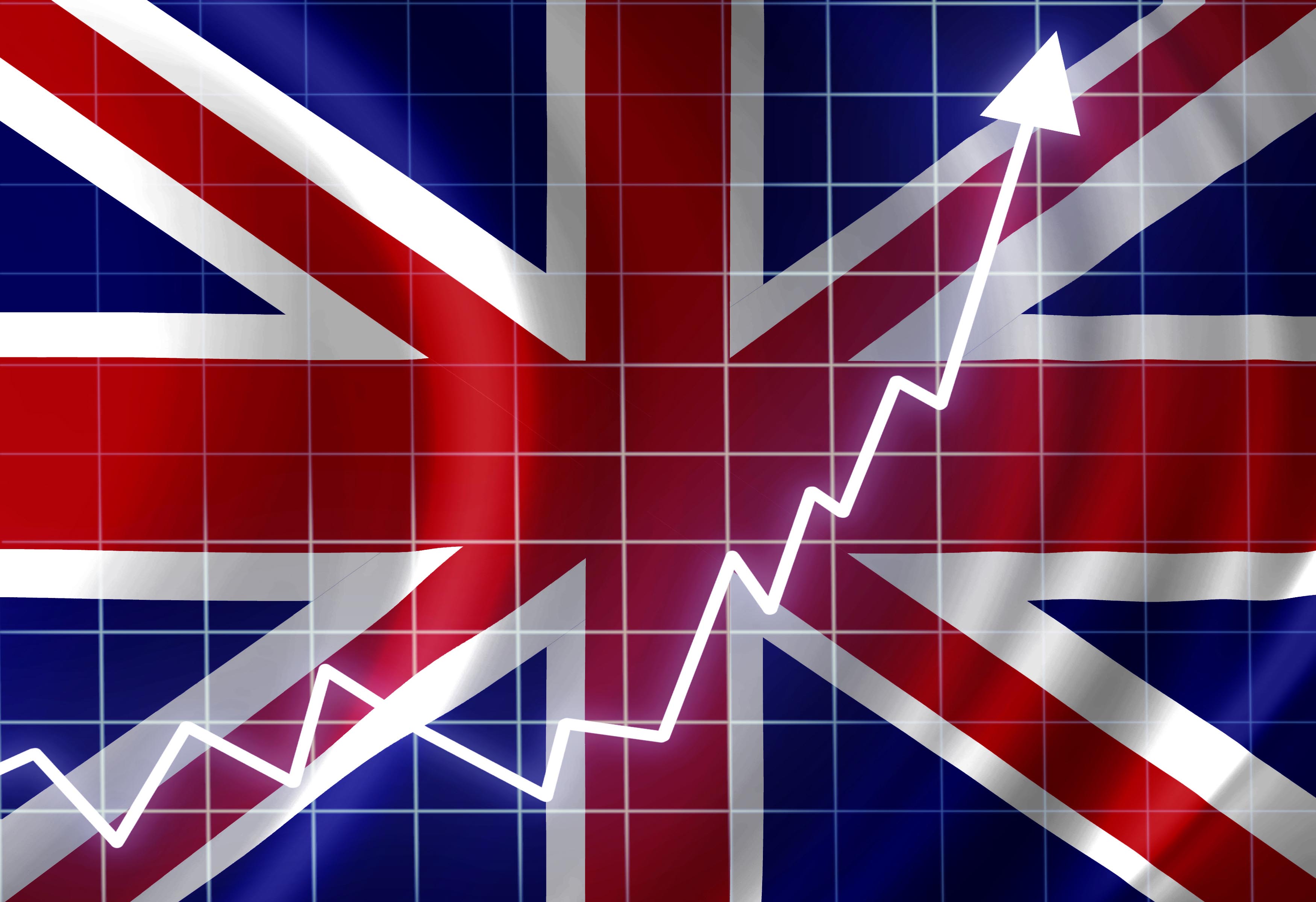Experienced Investor
UK GDP growth pips expectations

Guest Author:
Tim Chen and Cherry ReynardThe latest figures from the Office for National Statistics show that the UK economy grew by £488,862m, or 0.4% in the July-September period.
Following a 0.3% rise in both Q1 and Q2, the ONS figure was higher than the 0.3% growth City economists had forecasted.
The official figures are released as the Bank of England is preparing to discuss whether to raise interest rates for the first time in ten years in its monetary policy meeting next week on November 2nd.
Daniel Hegarty, chief executive officer and founder of Habito, said today’s results makes an interest rate hike next week almost certain: “For most people, the real impact of today’s GDP announcement will be felt with the Bank of England’s interest rate decision next week. That will clarify the impact of today’s results on tax, on wages on the housing market and in the now extreme likelihood of a rate rise.”
Following the higher-than-anticipated results, the pound gained almost 0.8 of a cent against the dollar to $1.32 at the time of writing, indicating that City traders are betting on a rate hike next week.
The latest figures revealed that the manufacturing industry saw the sharpest spike at a 1% rise. But the service sector — which accounts for almost 80% of the economy’s output — had the biggest overall contribution with a 0.4% growth over the quarter.

Wellness and wellbeing holidays: Travel insurance is essential for your peace of mind
Out of the pandemic lockdowns, there’s a greater emphasis on wellbeing and wellness, with
Sponsored by Post Office
However, UK construction output shrank for the second quarter in a row, by -0.7%, although the industry still remains “well above its pre-downturn peak.”
Chancellor Philip Hammond said that they show a “successful and resilient economy which is supporting a record number of people in employment.”
One rate rise, or more?
Azad Zangana, Schroders senior European economist agrees a rate rise is likely: “It is hard to see why the Bank of England would suddenly change its policy bias now and not raise interest rates in November.
“The Bank argues that inflationary pressures could rise sharply if not checked by higher interest rates, and that the current low unemployment rate could lead to much faster wage growth. That has yet to be seen, and the latest weak growth data suggests that productivity growth will also remain poor, making it unlikely that pay growth will rise much above inflation anytime soon.”
Richard Stone, chief executive at The Share Centre said people shouldn’t panic just yet: “It should be remembered that any increase in rates will likely just be a reversal of the cut in August 2016. The real question will be how rapidly rates rise through next year going back above the level they were cut to in March 2009 following the financial crisis. It is possible that if inflation proves stubborn, unemployment continues to remain low, wages start to increase more rapidly and growth strengthens, then rates may rise a little quicker than markets currently expect.
“For personal investors, rising rates – and the impact that has on sterling – will likely have a dampening impact on the markets in the short-term, and we saw that this morning with sterling strengthening slightly and the market falling marginally as an immediate response to the data. Longer term, stronger economic growth both here in the UK and overseas should drive improved corporate performance supporting higher market valuations. The key for investors will be to be discerning between those companies who will benefit from rising interest rates and stronger growth and those, particularly those with high levels of debt, for who increased rates may be more problematic.”
A cloud of uncertainty
Earlier this month, the Chancellor acknowledged that a “cloud of uncertainty” over Brexit was “dampening” the UK economy.
Indeed, although the figures show that the UK hasn’t suffered from a Brexit induced recession as some predicted, this still could be the weakest year of growth since the financial crisis.
According to the ONS, the figures bring the estimated full year growth to 1.5% — meaning that the economy is expanding at a slower rate than in 2016, which stood at an annualised rate of 1.8%.
The eurozone’s growth rate also caught up with the UK in 2016, and has outpaced the UK so far this year. Moreover, the UK’s 0.3% growth rate in Q2 was the slowest among all of the G7 nations.